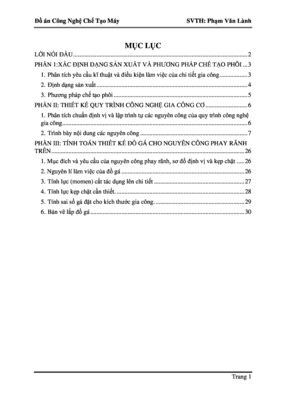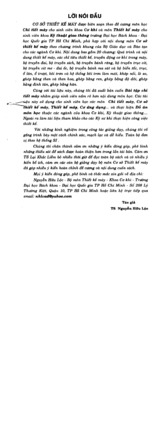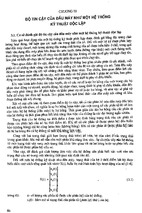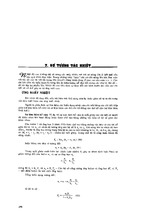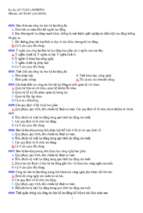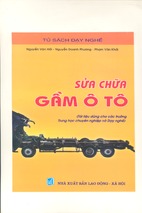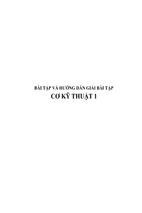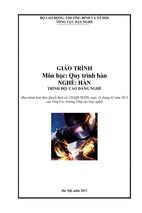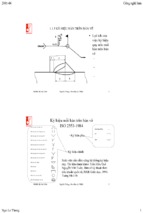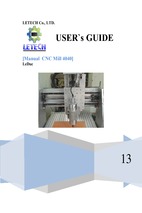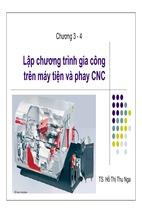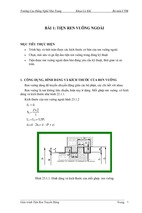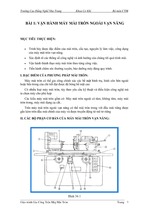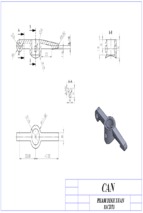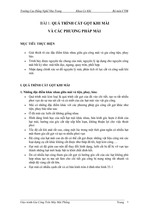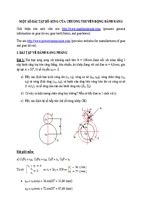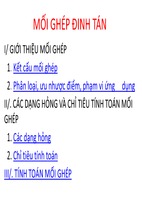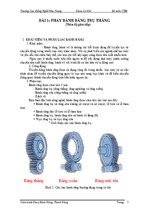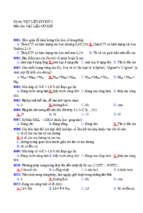Cấu tạo nguyên lý hộp số xe đầu kéo UD TRUCKS 370GWE
Gearbox, mechanical, component description
General information
The gear box is a 12 speed, in which 12 forward gears are fully-synchronised and 2 reverse gear is
unsynchronised. The gearbox combines a design of main and auxiliary case, the main case is manually
controlled and auxiliary case is pneumatic control. The gearbox is a range group of planet gears with 12
fully synchronised forward gears and an unsynchronised 2 reverse gear.
Terminology
Type
STO2012 (12 speed)
Symbols
S
Synchronised
T
O
20
12
Range
gear
Transmission
Overdrive
Maximum Torque (2000
Nm)
Number of forward gears
Synchronized
Power take-off variants
A clutch-dependent PTO (Power Take-Off) can be connected to the gearbox for different superstructures.
Variant
symbol
Variant description
PTOTRA-S
Single PTO transmission
UPTOTRA
Without PTO transmission
PTR-F
Rear PTO transmission,
Flange, 100% speed
PTR-D
Rear PTO transmission, DINCONN, pump
Retarder variant
Variant symbol
Variant description
URET
Without retarder
Transmission cooler variant
Variant
symbol
Variant description
TC-
Mechanical transmission, Oil
MWOH2
cooler, Water/oil, HIGH PERF.
VERS 2, Gearbox mount
UTCOOL
Without transmission cooler
Overview
Housing
1.
2.
3.
4.
5.
6.
7.
Bearing cover
Clutch housing
Gasket
Main housing
Range housing
Top cover
Control housing
The main sections of the gearbox are the clutch housing (2), main housing (4), range housing (5) and
control housing (7).
The clutch housing (2) contains the input shaft as well as clutch servo. The main housing (4) contains the
main shaft, intermediate shaft, reverse shaft and shift mechanism. The range housing (5) contains the
planetary gears, shift mechanism, actuator and output shaft.
Internal Parts
1.
2.
3.
4.
5.
6.
7.
8.
9.
10.
11.
5th gear
Synchronizer assembly
6th gear
4th gear
Synchronizer assembly
3rd gear
2nd gear
Synchronizer assembly
1st gear
Reverse gear
Main shaft
12.
13.
14.
15.
16.
17.
18.
19.
Spacer
snap ring
Bearing assembly
Retainer
Hexagonal bolt
Auxilary drive gear
Countershaft assembly
Reverse gear
Input shaft
1. Snap ring
2. Input shaft
3. Bearing
The input shaft transfers the engine power to the gearbox via the clutch disc,
Note: The input shaft always rotates in a clockwise direction (viewed from the front).
Counter shaft
The front and rear end of the Counter shaft is mounted in the bearings. Each countershaft transfers half
torque.
The advantage of the countershafts are:
It reduces the gear width.
It reduces the size and weight of the transmission.
Main shaft
Both ends of the main shaft are mounted in bearings. The front end is mounted in the end of the input
shaft, whereas the rear end is mounted in the rear of the main housing.
Output shaft
The output shaft is mounted in the range housing with roller bearing and is linked to the range gear.
Note: The cross-tooth flange is standard for all types of gearbox.
Reverse gear
There are two reverse gear which is meshed to the two countershaft. The reverse gear changes the
direction of the rotation, which allows the vehicle to move in reverse direction.
Synchronization
1.
2.
3.
4.
5.
6.
7.
8.
Synchronizer sleeve
Locate ring
Spring
Synchronizer hub
Outer synchronizer ring
Double cone synchronizer
Gear clutching teeth
Inner synchronizer ring
The synchronizer in the transmission makes shifting easier and more convenient, it reduces collision and
noise. Using synchronizer the gear’s life and performance can be increased.
Except the reverse speed gear, other gears are equipped with synchronizers.
Range gear
1.
2.
3.
4.
High speed synchronizer
Auxiliary counter shaft
Reduction gear on main shaft auxiliary case
Yoke, Auxiliary case
5.
6.
7.
8.
9.
10.
11.
12.
13.
Hexagonal bolt
Auxiliary lengthened countershaft
Speedo meter pulse ring
Baffle plate, main shaft gears
Main shaft, auxiliary case
Rear cover
Sealing gasket
Auxiliary shift cylinder
Hexagonal bolt
The range gear or auxiliary gear is installed behind the main case.
The input shaft of the auxiliary unit is connected directly to the output shaft of the primary gear case.
Gearbox selection
Control housing
Without inhibitor
1.
2.
3.
4.
5.
6.
7.
Shift cable joint
Neutral sensor
Reverse sensor
Control housing
Selector cable joint
Breather
Control valve
8. Reverse sensor
With inhibitor
1.
2.
3.
4.
5.
6.
7.
8.
9.
10.
Shift cable joint
Reverse sensor
Control housing
Neutral sensor
Inhibitor actuator
Breather
Selector cable joint
Reverse sensor
Control valve
Interlock Actuator
The control housing is located on the top of the gearbox and it is intended to transfer the motion of the
gear lever to the gearbox shift rods. The position of the control housing can be adjusted for both left and
right hand drive truck variants.
The control housing consists of a gear selector to which is secured a selector shaft. The gear selector is
controlled by a gear selector cable and a side control cable.
Gearshift cable
The cable gear shift system has two cables that is shift cable and select cable, which transfer force
between the gear lever and the control housing on the gearbox.
Gear shift
The range gears at the rear of the gearbox double the number of gears in the synchronised section.
There are totally of 12 forward gears, Gears 1, 2, 3, 4, 5 and 6 are low range and gears 7, 8, 9, 10, 11
and 12 are high range.
The gear change gate has 3 parallel gear selection paths. In the path between gears 3/4 and 9/10 is a
spring-loaded neutral position. The pneumatic range changes from 3 to 4 and from 5 to 6, and vice versa,
are selected by pressing the button on the side of the gear lever.
There are zone, range and reverse blocking functions to protect the synchronisation from being damaged
while changing gear. The zone block prevents changing into 1st gear by blocking 1st gear if the output
shaft speed is too high. The range block prevents changing into the low range gears if the output shaft
speed is not low enough. The reverse block prevents reverse gear selection if the main shaft and
intermediate shaft are rotating, i.e. if the vehicle is not stationary
Gear changing sequence
Gear changing servo movements when changing gear: Reverse- 1, 1, 3, 5, 7, 9 and 11
Gear changing servo movements when changing gear: Reverse- 2 , 2, 4, 6 and 8
Compressed air is not directly connected to the gear shift, but is fed via a control valve on the clutch
cylinder. When the clutch pedal is depressed, the gear shift is operated mechanically via the gear lever
and control housing. Then the gear shift completes the gear change.
Compressed air first reaches the gear shift when the clutch cylinder begins to move and opens a little.
The control valve in the clutch cylinder automatically readjusts according to the amount of clutch wear.
Power flow
1st gear, low range
2nd gear, low range
3rd gear, low range
4th gear, low range
5th gear, high range
6th gear, high range
7th gear, high range
- Xem thêm -



